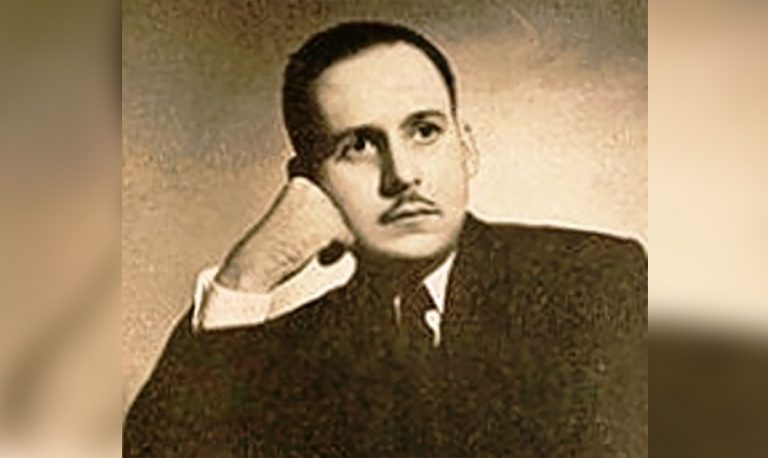On November 7th, 1908, the poet and essayist Emilio Ballagas Cubeñas was born in Camagüey, a man who occupies a well-deserved space in the history of Cuban and Latin American literature. Entering his poetic itinerary means traveling a path where expressive power and the intimate, sensitive essence of the verses prevail.
Poet of a generation
From an early age he shows his talents in lyric, a manifestation that he cultivates over time, and allows him to become one of the revelations of the Advance Magazine. Precisely, his way of conceiving poetry explains that it should be studied within the two groups of poets (pure and social) that emerge under the sign of the avant-garde on the island at least initially, because the journey itself culminates in a more serene work, according to Enrique Anderson Imbert.
From the verbal sensuality he addresses the black theme, to which he approaches from the outside, since the assumed projection, towards the social environment, is not the same as that of Nicolás Guillén, which is much deeper. On the other hand, there is the decimistic production of him. Some researchers consider that Ballagas approaches, through it, the best of popular poetry.
Literary scope
Even so, as Navarro argues, the significance of his work is undeniable. This lies in the thematic variety, the use of the image and the symbol, the creativity in the formulation of the statements, the search for purity and perfection of his style, among other aspects.
Within it, titles such as: Júbilo y fuga (1931), Cuaderno de poesía negra (1934), Blancolvido (1932-1935), Elegía sin nombre (1936), Nocturno y elegía (1938), Sabor eterno (1939), stand out. Nuestra Señora del Mar (1943) and Cielo en rehenes (1951), a book of sonnets with which he won the National Poetry Prize. A valid element to highlight is the obtaining in 1953 of the Prize of the Centennial of Martí with his notebook Décimas por el júbilo martiano en el centenario del apóstol José Martí.
Essay work
Although he is highly recognized and appreciated for his poetry, he also cultivated the essay genre. His essays include works such as: Los movimientos literarios de vanguardia (1933), La poesía en mí (1937), Sergio Lifar Antología de poesía negra hispanoamericana (1935) and Mapa de la poesía negra americana (1946).
Death of man but not of verse
Emilio Ballagas Cubeñas died early in Havana, on September 11th, 1954, leaving us a fruitful literary production, but depriving us of the continuity and results of his literary evolution.
Bibliography
Anderson Imbert, Enrique. Historia de la literatura hispanoamericana. Edición Revolucionaria, Instituto Cubano del libro, 1972.
Colectivo de autores. Valoraciones sobre temas y problemas de la literatura cubana. Editorial Pueblo y Educación, 1980.
Navarro, O. Prólogo a la antología Obra Poética. Emilio Ballagas. La Habana: Letras Cubanas, 1984.
Translated by: Aileen Álvarez García






